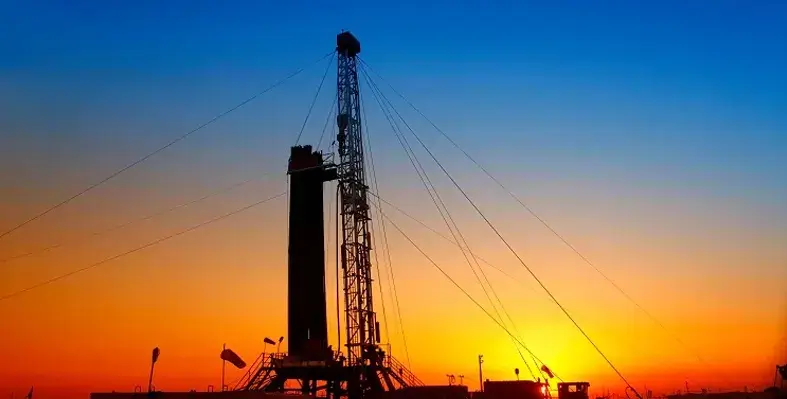The energy sector presents the largest and most cost-effective opportunity for methane emissions reduction, with 68% of methane emissions stemming from upstream facilities, according to Momentick’s 2024 Methane Emissions Report
Momentick, a leading emissions intelligence company, which leverages the power of hyper and multispectral satellites to monitor GHG emissions on a planetary scale, detected emissions at 17% of the sites analysed, measuring a staggering 899 million tons of CO2-equivalent emissions, with 10% of assets accounting for 50% of the emissions detected. The highest concentration of methane leaks was detected in Asia, Africa, and North America, while Europe recorded the fewest leaks.
Methane is a colourless, odourless gas, which requires highly sensitive instruments for detection. Methane leaks can manifest as both diffuse, small emissions and large, concentrated bursts, complicating the consistent identification of leaks. Environmental factors, such as wind, temperature, and terrain, further hinder accurate detection and measurement, as methane plumes disperse quickly, making it difficult to trace emissions back to their sources.
Unlike CO2, methane emission reductions have an almost immediate effect on slowing global warming as methane has a relatively short atmospheric lifespan compared to CO2. By urgently tackling methane emissions, the rate of warming could be slowed by as much as 30% before mid-century, according to Momentick.
The International Energy Agency (IEA) estimates that over 75% of the methane emissions in the oil and gas sector could be reduced today using existing technologies, while research conducted by JP Morgan has found that methane abatement is a cost-effective investment, revealing that up to 70% of the expenses associated with monitoring solutions can be offset by keeping methane in the pipe.
Addressing the issue of poor emissions data
The Momentick report notes that evolving regulations and financial incentives have highlighted the critical need to address the longstanding issue of poor emissions data, with accurate and reliable information needed for decision-makers to implement effective methane abatement strategies. The growing need for accurate and actionable emissions data is driving the expansion of space-based methane monitoring satellites, while advanced algorithmic software solutions are leveraging Earth observation satellites to enhance commercial applications and precise point-source methane detection. By analysing historical data captured by these satellites, researchers and decision-makers can track emission trends over time, gaining deeper insights for regulatory planning and climate action. Additionally, with cutting-edge developments in AI, satellite-based emissions data can now be processed in near real-time, delivering timely and actionable insights.
“2024 was an important year on the path to curbing methane emissions,” said Daniel Kashmir, CEO of Momentick in his Foreword to the report. “Governments committed billions to technological upgrades and research, while oil and gas operators accelerated progress towards their net-zero goals. Collaborating with a wide variety of stakeholders across the energy sector, our team at Momentick encountered a strong commitment to action and eagerness to implement our emissions intelligence technology over the last year.
“We envision satellite-based emissions monitoring becoming central to corporate sustainability strategies during the energy transition. The integration of GHG monitoring and MRV practices will become a standard component of operations across industries. Backed by evolving regulations and growing adoption, these technologies will make net-zero goals truly achievable.”









